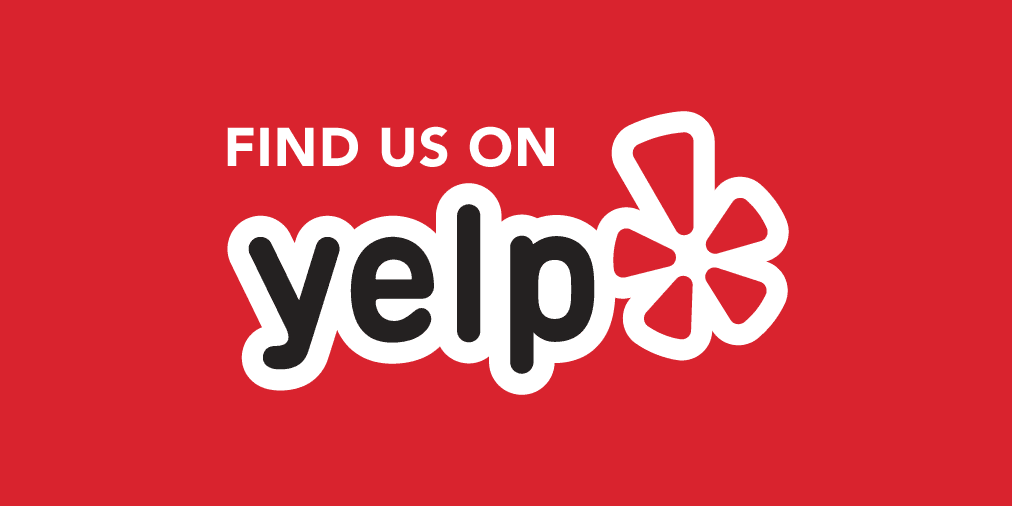 Anyone that’s visited our office knows that we love orange. Our brand orange is warm and inviting, but also denotes freshness. So, we were thrilled to see Pantone feature our favorite color!
Anyone that’s visited our office knows that we love orange. Our brand orange is warm and inviting, but also denotes freshness. So, we were thrilled to see Pantone feature our favorite color!
The Basics
The name “orange” for the color comes from the fruit and is derived from Sanskrit. On the color wheel, orange is located between red and yellow. Its symoblic meanings range from the positive – joy, good health, creativity, and warmth – to the negative – superficiality, loudness, and pride. It’s a color with a lot of history and personality.
“Light and Abundance”
According to Confucianism, the color orange is seen as a transformative color that symbolizes light and fire, spirituality and ssensuality. The Asian word for orange is saffron, that expensive spice used in dyes for Buddhist and Hindu holy robes. For Native Americans, the color orange symbolizes learning or kinship.
Orange is extremely prevalent in nature, from autumn leaves to flowers, fruits, insects, and fish. Orange is associated with the sun, so it’s seen as warm, energizing, and invigorating. The color orange is also said to stimulate the appetite (the Roman goddess of fruitful abundance, Pomona, often wore orange).
Orange in Paintings
Paintings depicting mythology often show the god of wine, ritual, maddness, and ecstacy, Dionysus, dressed in orange. Late 19th century French artist Toulouse-Lautrec combined orange, yellow, and reds in his painting Le Bonheur de Vivre. Paul Gauguin chose orange for backgrounds, clothing, and skin color.
Many 19th century painters discovered that blue and orange reinforce each other. Orange pigments are often in the ochre or cadmium families and absorb mostly blue light. Van Gogh told his brother, Theo, that he was trying to reveal “the oppositions of blue with orange” because “there is no orange without blue.”
Orange as Cautionary
Yellow and orange pigments were toxic, so were replaced by safer alternatives in the 20th century. Quinacrindone, a synthetic orange pigment developed in 1896, makes a very vivid, solid orange. Diketo-pyrrolo pyrolle (DPP) orange is also synthetic and was developed in 1986.
Orange is one of those colors that appeals to a lot of people across all walks of life. That’s why you’ll find orange in the branding for fast food companies, telecoms, entertainment organizations, and transportation. Some of the most notable brands to use orange prominently are Fanta soda, EasyJet, Harley-Davidson, and Nikelodeon. Usually, fun and relaxed brands use orange, but some luxury brands utilize the color as well, like Hermes.
Orange is also, of course, used as a warning symbol on things like traffic signs, outdoor sports clothing, and prison uniforms.
Orange and Happiness
In Europe and America, orange and yellow are associated with happiness and amusement. The closer orange moves towards beige, tan, and terracotta, the more they’re associated with earthiness and comfort. Orange is also associated with good flavors and is added to many packaged foods to improve their appearance.
Apricots, mangos, peaches, and carrots are all associated with health, as are pumpkins and squashes. And, there’s a reason people associate these fruits and veggies with health. Most are packed with antioxidants like beta-carotene. Orange makes you think of citrus, too, which is associated with the immune-boosting Vitamin C.
Nostalgia
As our world becomes more techologically savvy, there’s a pull towards the nostalgic, more natural world. A palette of rusty orange and coppers evokes feelings of hand-crafted styles and of the earth. It’s all about warmth, community, home-grown, and homemeade.












